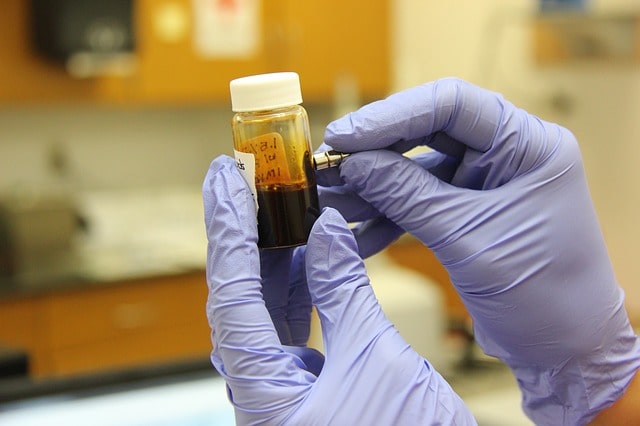
By now you have probably heard the news about the lead in water situation in Flint, MI. And if you could take away one lesson from this situation, it should be that you can’t rely on anyone when it comes to the quality of your water supply. This has been true for homeowners with private wells for a while, but clearly even the municipal water supply is not that reliable. While it does get tested and treated, it’s impossible to check all the pipes, and no one will come in to test the water that comes out of your faucet. Allow our Maryland water quality specialists give you a few tips on how to address these issues and keep your family safe.
Consider Regular Water Testing
Whether you live in a city or in the country, it’s a good idea to set up a schedule for water testing and find a reliable water testing provider to partner with. At R&G Water Systems, we don’t have an on-site water testing laboratory, but we’ll be happy to help you collect your sample and send it for analysis to one of our preferred vendors. The Environmental Protection Agency (EPA) recommends testing your drinking water at least once a year.
Other Reasons to Test
Assuming nothing changes with your water supply, testing annually should be sufficient whether you get your water from a private well or a city. However, some circumstances may warrant more frequent testing. Consider getting a water sample to the lab right away if:
- You notice that your water doesn’t look or taste as it used to.
- You’ve just had work done on your pipes or well.
- You’ve just installed a new well.
- Your well has flooded and you cleaned it up.
How to Interpret Test Results
When you get the results of your water test, they may first look confusing and even troubling if you see lead or bacteria on the list. Before you start making assumptions, it’s important to understand that minerals, heavy metals, bacteria and other contaminants often naturally occur in water. Water doesn’t have to be 100% pure or sterile in order to be safe to drink. However, these various contaminants can’t exceed certain maximum levels set by the EPA.
For example, the maximum contaminant level (MCL) for lead is 0.015 mg/L and for mercury it’s 0.002 mg/L. We can help you determine whether any of the contaminants in your drinking water exceed the allowed levels and how to address this.
Improving Your Water Quality
Testing your water regularly allows you to identify problems quickly and address them in a timely manner. Keep in mind that not all water contaminants pose a risk to your health. Even if the test reveals that your water is safe to drink, you may still have problems with an unpleasant odor, taste or a unbalanced pH. Some of these issues may be simply unpleasant, while others, such as high acidity or high mineral content, may actually slowly damage your pipes from the inside.
At R&G Water Systems, we can help you improve your water quality on all fronts, helping you make it softer, tastier and gentler on your plumbing.
Give us a call or contact online to request a free in-home water test!
